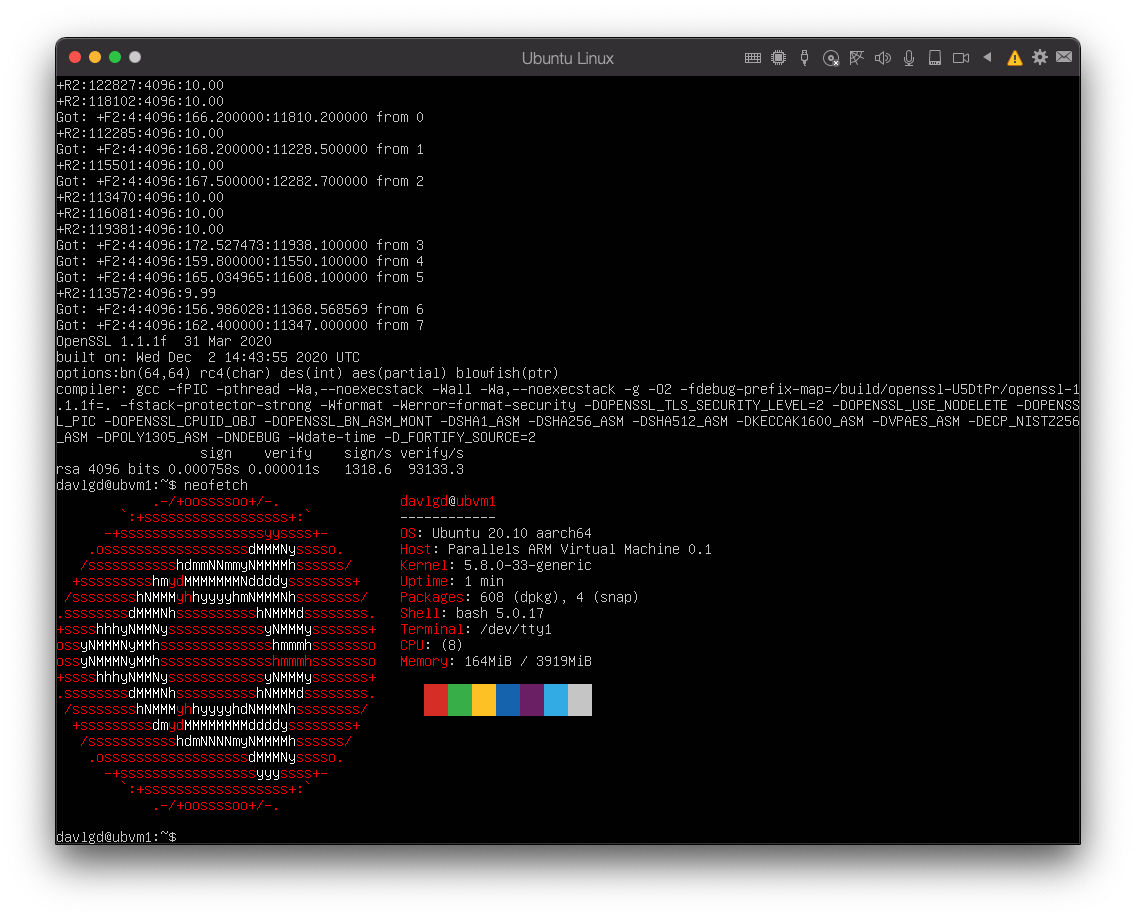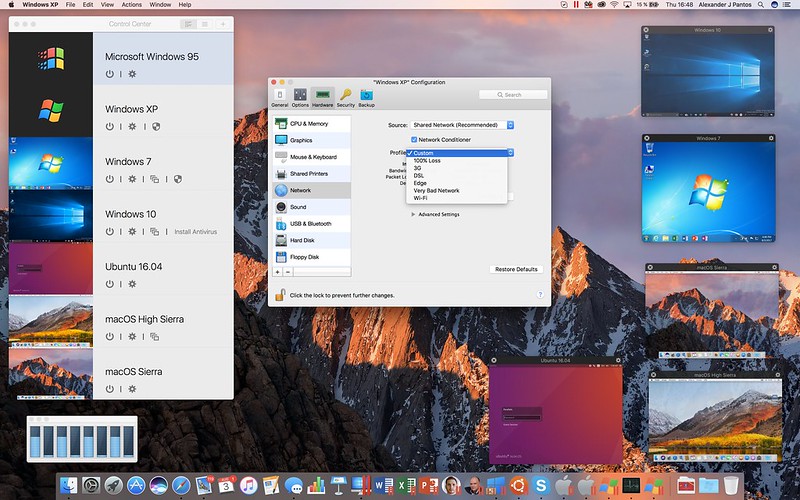
Slirp required to be included when compiling, to have user networking: OrangePi has 8 cores (shown with "nproc"), so I used "make -j8" to make compiling use all cores, compiling faster: I just today figured out how to compile Qemu on arm64 (actually using OrangePi that has 16 GB RAM and is arm64, similar like Linux on M1) so that it can run ReactOS. Qemu can be compiled for macOS and Linux.

It is brilliant.Yes, Parallels costs money, and if you run Win11 arm64, buying license for that also costs money.

Using multitouch, with a flick of the wrist, I can be in full-screen macOS, Ubuntu, or Windows 11 with each VM “feeling” like it is running at bare-metal speed. For example, I configured four-finger swipes to switch workspaces (desktops) in Trackpad settings on the M1 MacBook. The primary benefit of a Type 2 hypervisor is being able to run multiple OSs side-by-side. It works great, but I am not a fan of dual booting in general. I am dual-booting the 2014 MBA because I wanted to experience GNOME 40 multitouch natively.

UTM - free but issues with GUI ( poor performance) and networking (only NAT, no bridging). Initial problems with audio in Linux have been fixed in v 17. So, the only viable option for Linux on M1 currently is a Type 2 hypervisor. Support from Apple would speed up the effort. So, not an ideal solution for practical use, but promising.

Drivers are needing to be reverse engineered. I also have a 2014 MBA (8 GB / 500 GB) that I dual boot with Fedora 34 and GNOME 40.Īs I understand it, bare-metal installation of Linux on M1 Macs is still in development. I have an M1 MBA (16 GB / 500 GB) running Ubuntu and Debian GNOME desktops plus Windows 10 & 11 in Parallels.


 0 kommentar(er)
0 kommentar(er)
